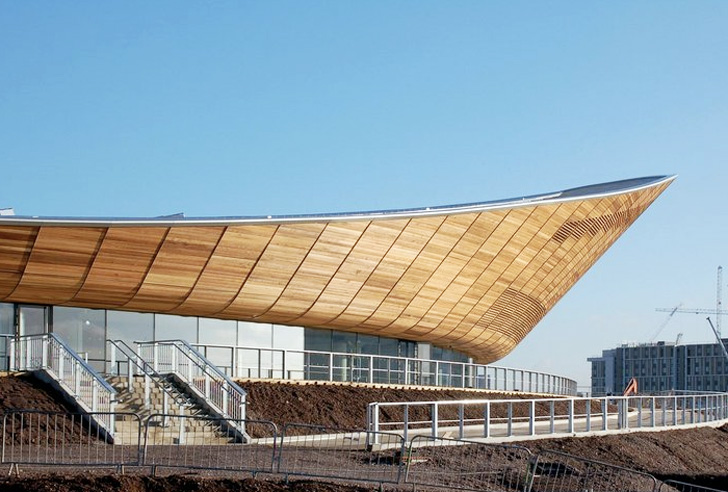The “greenest Olympics ever” could have been a great deal greener than they will be, according to a critical new report that finds fault with the handling of the Games’ environmental impact.
On key issues such as energy, waste and the use of resources, as well as the effects on public health, the management of London 2012 has fallen short, according to WWF and BioRegional, two green campaigning groups. They found that the Games would neither be zero carbon nor zero waste, with not enough new renewable energy generated to cover the amount consumed, while many opportunities have been lost – which may be in part owing to the practices of the sponsors and major commercial partners – to use locally grown food and Fairtrade products. Air quality is also likely to fall short of targets.
Sue Riddlestone, executive director of BioRegional, who was involved in drawing up the original strategy, said: “London 2012 has set the sustainability bar high for future summer Olympics [but] there were some promises made in 2005 which London 2012 didn’t keep, even though we know they tried. We were especially disappointed about the failure to meet the renewable energy targets. So the journey to deliver a sustainable Olympics will continue.”
But the London Organising Committee of the Olympic and Paralympic Games (Locog) defended its performance, saying that it had met the majority of its targets, even though the blueprint for the environmental aspects of the games had been published eight years ago and that expectations for environmental sustainability had increased in that time.
David Stubbs, head of sustainability for the Games, told the Guardian: “We have kept the spirit, and in most cases the letter, of what was promised, and we will leave a long-term legacy that is positive, environmentally. To use a footballing analogy, we did not necessarily win every match but we did win the league.”
Read the rest at The Guardian.
Photo: The Velodrome Olympic Stadium in London, designed by Hopkins Architects, features sustainable concepts like natural cooling, water harvesting and daylighting.
